Start Atlasa 07.12. o 10:19:00,148 z Cape Canaveral wystrzelona została RN Atlas-5/551, która wyniosła w T+6h 27' 26" na orbitę o parametrach: hp=36101 km, ha=36102 km, i=0,00° cztery satelity technologiczne programu STP-3 - STPSat-6, LDPE-1 (ROOSTER, Long Duration Propulsive ESPA (EELV Secondary Payload Adapter)), ASCENT oraz ? i cztery nieoddzielane ładunki.
http://lk.astronautilus.pl/n211201.htm#06

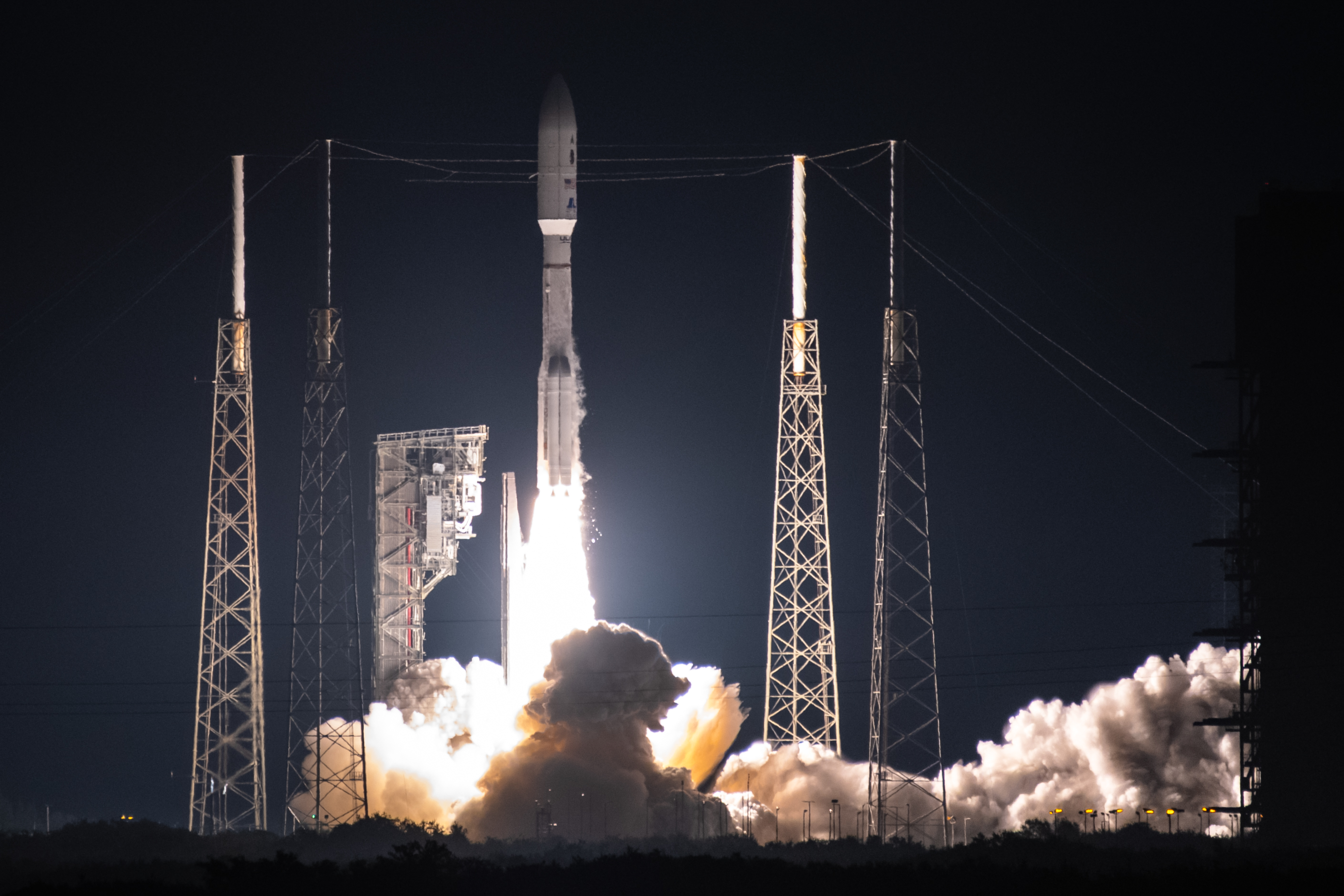
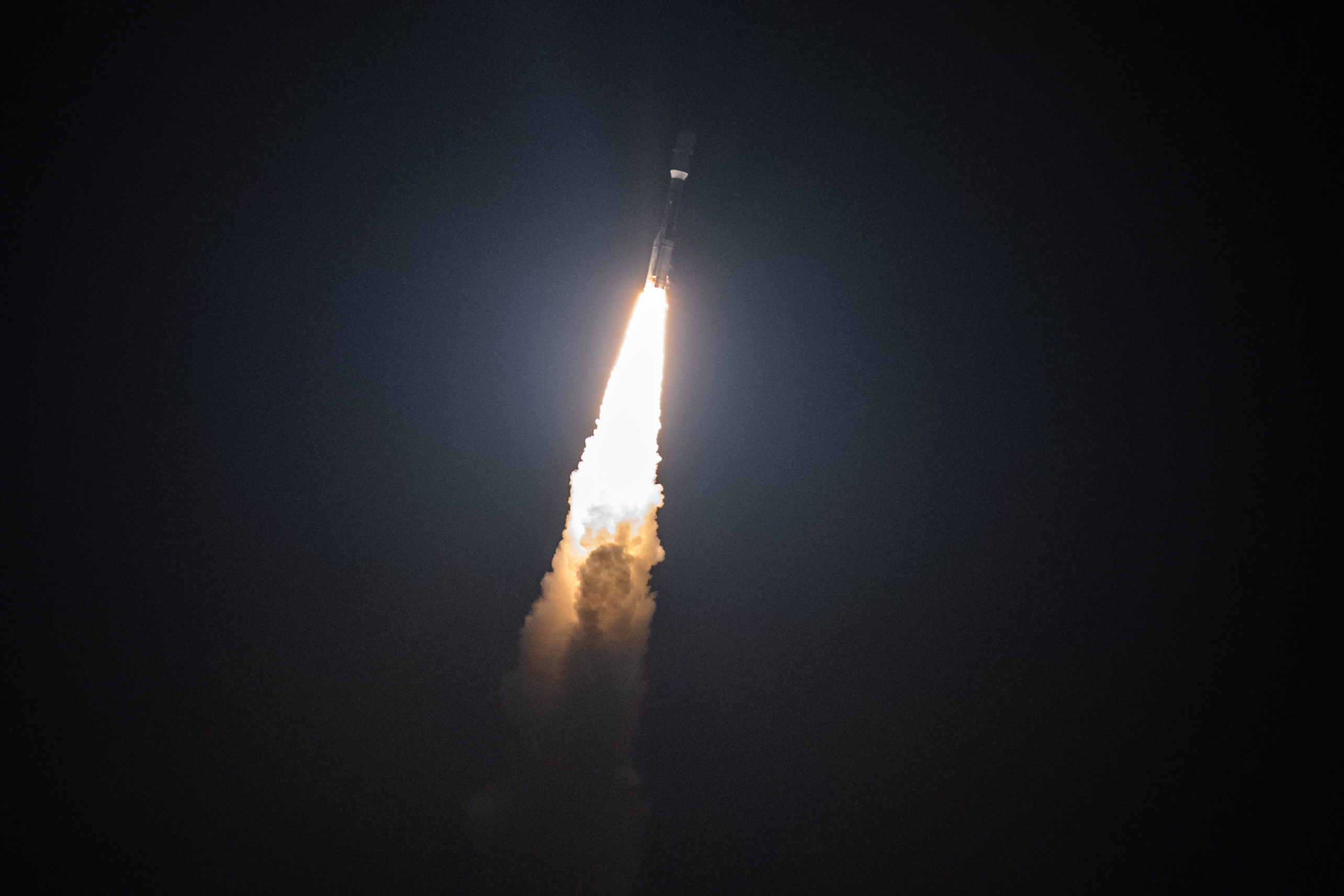 Atlas V launches STP-3https://twitter.com/ulalaunch/status/1468344649643401216Here are some statistics on this morning’s mission:
Atlas V launches STP-3https://twitter.com/ulalaunch/status/1468344649643401216Here are some statistics on this morning’s mission:672nd launch for Atlas program since 1957
373rd Atlas launch from Cape Canaveral
261st mission of a Centaur upper stage
238th use of Centaur by an Atlas rocket
507th production RL10 engine to be launched
37th RL10C-1 engine launched
96th flight of an RD-180 main engine
90th launch of an Atlas 5 since 2002
34th U.S. Air Force/Space Force use of an Atlas 5
4th-8th GEM-63 solid rocket boosters flown
74th launch of an Atlas 5 from Cape Canaveral
4th Atlas 5 launch of 2021
132nd Evolved Expendable Launch Vehicle flight
147th United Launch Alliance flight overall
82nd Atlas 5 under United Launch Alliance
105th United Launch Alliance flight from Cape Canaveral
32nd 500-series flight of the Atlas 5
12th Atlas 5 to fly in the 551 configuration
101st launch from Complex 41
74th Atlas 5 to use Complex 41
28th orbital launch overall from Cape Canaveral in 2021
https://spaceflightnow.com/2021/12/03/av-093-preparations-mission-status-center/Photos: Atlas 5 rolls out to launch pad for Space Force missionDecember 4, 2021 Stephen Clark
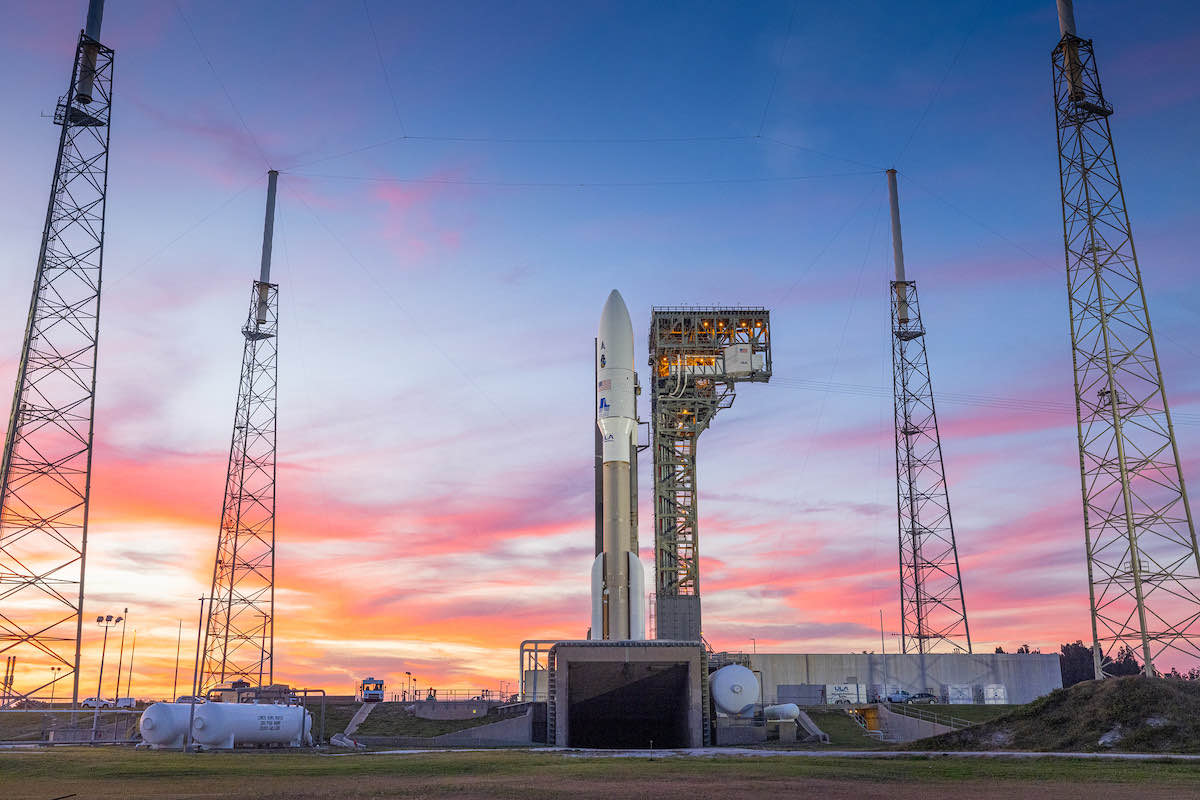 Credit: United Launch Alliancehttps://spaceflightnow.com/2021/12/04/photos-atlas-5-rolls-out-to-launch-pad-for-space-force-mission/Fuel leak at launch pad delays Atlas 5 mission
Credit: United Launch Alliancehttps://spaceflightnow.com/2021/12/04/photos-atlas-5-rolls-out-to-launch-pad-for-space-force-mission/Fuel leak at launch pad delays Atlas 5 missionDecember 5, 2021 Stephen Clark
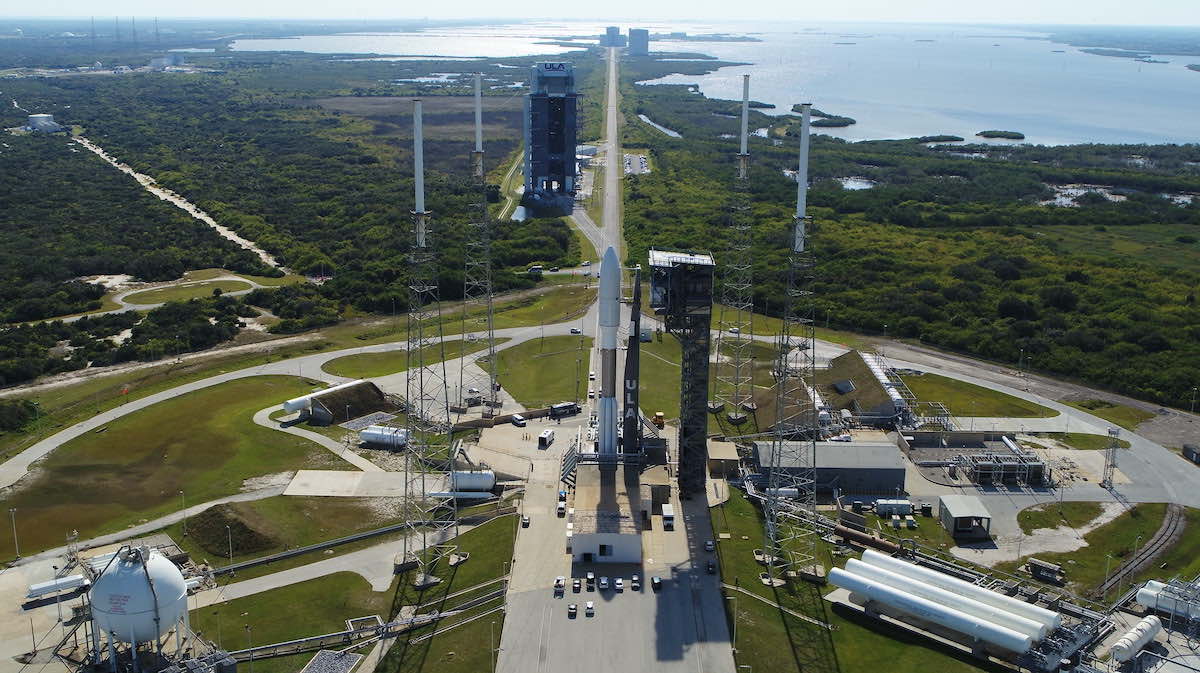 An Atlas 5 rocket stands on pad 41 at Cape Canaveral Space Force Station before launch on the STP-3 mission. Credit: United Launch Alliance
An Atlas 5 rocket stands on pad 41 at Cape Canaveral Space Force Station before launch on the STP-3 mission. Credit: United Launch Alliance(...) ULA announced the launch delay around 7 p.m. EST Saturday (0000 GMT Sunday), just prior to the start of the countdown for a planned liftoff before dawn Sunday.
“During initial operations, a leak was discovered in the Rocket Propellant-1 (RP-1) ground storage system,” ULA said in a brief statement. (...)
https://spaceflightnow.com/2021/12/05/fuel-leak-at-launch-pad-delays-atlas-5-launch/NASA laser communications experiment set for launch into geosynchronous orbitDecember 6, 2021 Stephen Clark
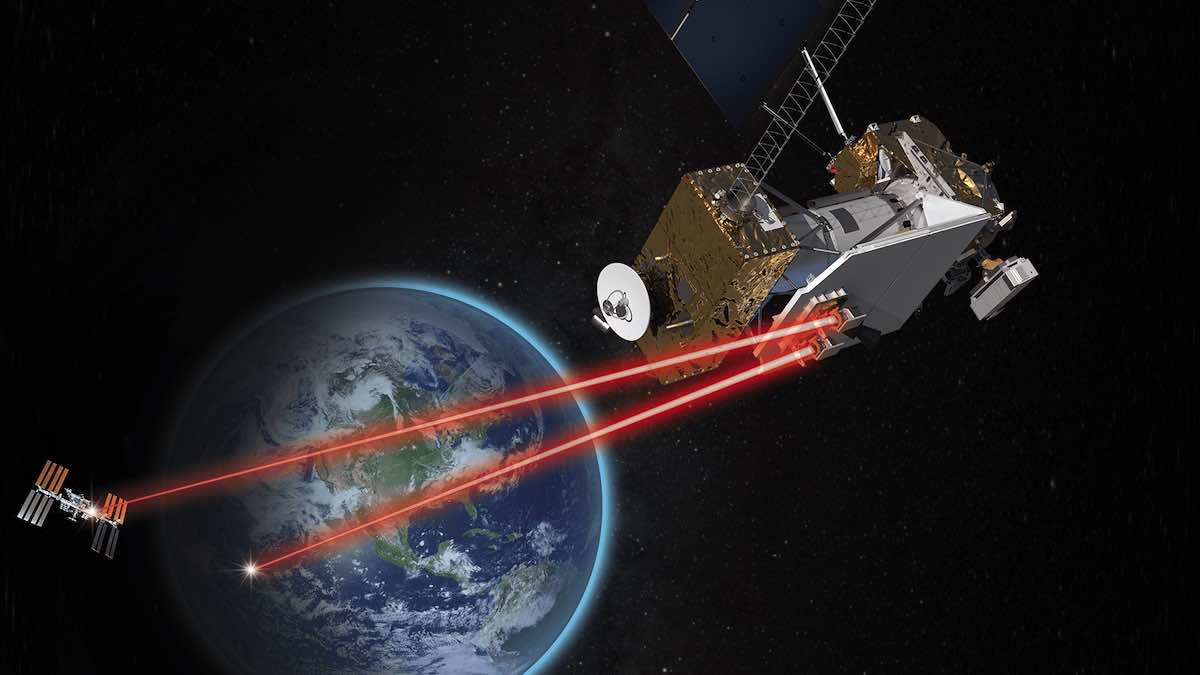 Artist’s illustration of NASA’s Laser Communications Relay Demonstration on-board the U.S. military’s STPSat 6 satellite, showing laser links with a ground station and the International Space Station. Credit: NASA
Artist’s illustration of NASA’s Laser Communications Relay Demonstration on-board the U.S. military’s STPSat 6 satellite, showing laser links with a ground station and the International Space Station. Credit: NASA(...) NASA’s Laser Communications Relay Demonstration, or LCRD mission, is embarking on a two-year series of experiments to test how optical communications links could help downlink large volumes of information faster than traditional radio-based communications systems. (...)
https://spaceflightnow.com/2021/12/06/nasa-laser-communications-experiment-ready-for-launch-into-geosynchronous-orbit/https://spaceflightnow.com/2021/12/06/ula-to-set-rocket-endurance-record-on-next-launch/Atlas 5 rocket launches Space Force tech demo satellites on marathon missionDecember 8, 2021 Stephen Clark
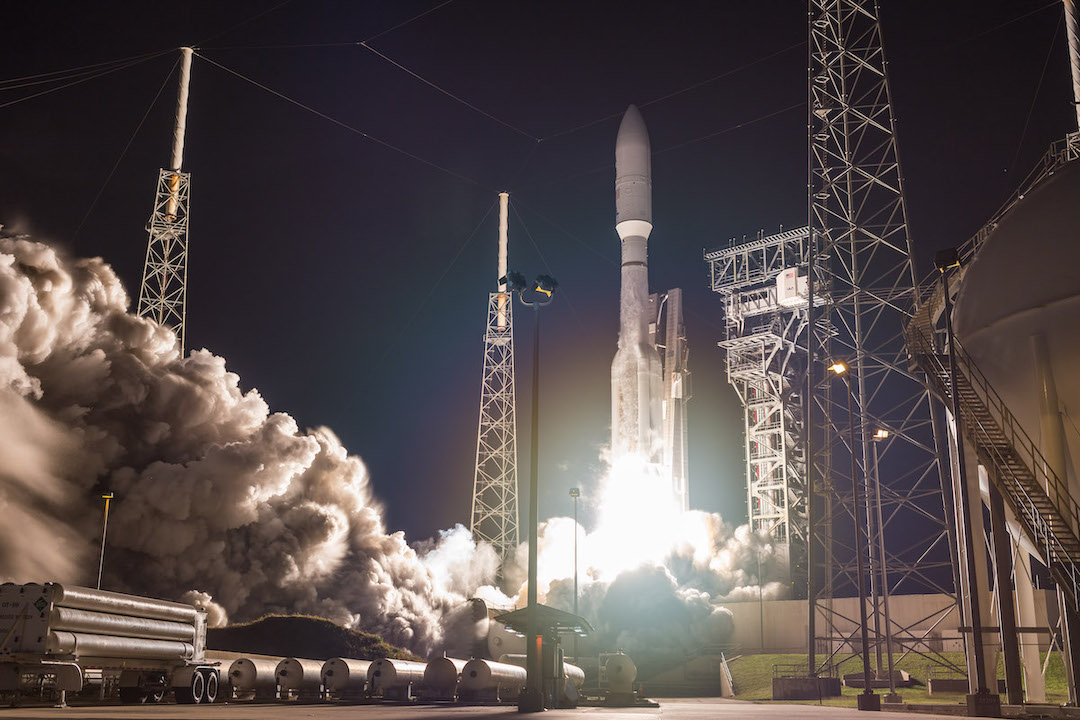 United Launch Alliance’s 90th Atlas 5 rocket lifts off with the Space Force’s STP-3 mission. Credit: Alex Polimeni / Spaceflight Now
United Launch Alliance’s 90th Atlas 5 rocket lifts off with the Space Force’s STP-3 mission. Credit: Alex Polimeni / Spaceflight Now(...) The rocket’s Centaur upper stage ignited an Aerojet Rocketdyne RL10 engine nearly five minutes into the mission to reach a parking orbit, then reignited more than an hour after launch to raise the apogee, or high point, of its orbit more than 22,000 miles (about 36,000 kilometers) above Earth.
The rocket then coasted five hours before firing the RL10 a third time to circularize its orbit near geosynchronous orbit roughly 22,400 miles (36,100 kilometers) above the equator.
Finally, six-and-a-half hours after departing Cape Canaveral, the Centaur upper stage deployed the Space Force’s STPSat 6 satellite. Forty minutes later, at T+plus 7 hours, 10 minutes, the upper stage released a rideshare payload named the Long Duration Propulsive ESPA, or LDPE 1. (...)
https://spaceflightnow.com/2021/12/08/atlas-5-rocket-launches-space-force-tech-demo-satellites-on-marathon-mission/Mighty Atlas V Closes Out 2021, Lifts STP-3 Towards Direct Geostationary Orbitby Ben Evans December 7, 2021
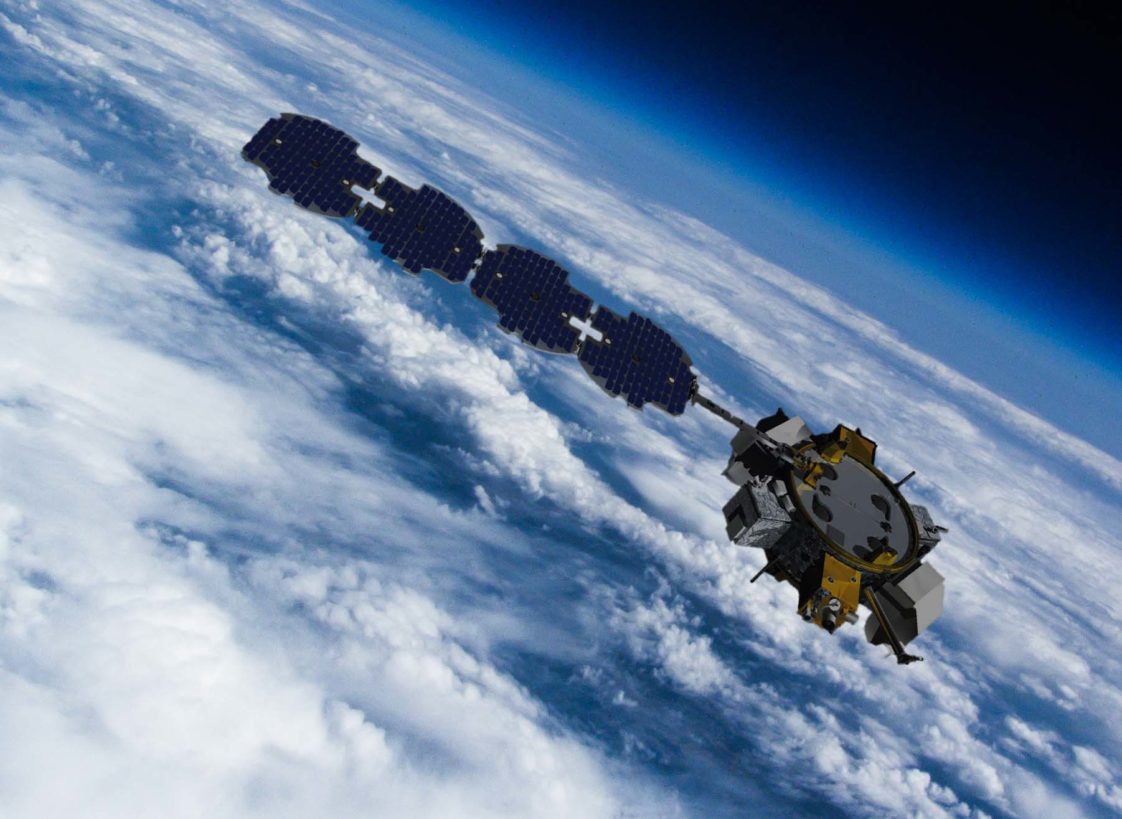 Conceptual impression of the LDPE-1 payload in orbit. Image Credit: ULA
Conceptual impression of the LDPE-1 payload in orbit. Image Credit: ULA(...) Capable of lifting payloads weighing up to 41,000 pounds (18,800 kilograms) to low-Earth orbit and up to 19,600 pounds (8,900 kilograms) to Geostationary Transfer Orbit (GTO), the Atlas V 551 has been used 12 times, including tonight’s launch of STP-3. (...)
https://www.americaspace.com/2021/12/07/mighty-atlas-v-closes-out-2021-delivers-stp-3-directly-to-gto/ULA launches STP-3 mission with national security and NASA payloadsby Sandra Erwin — December 7, 2021
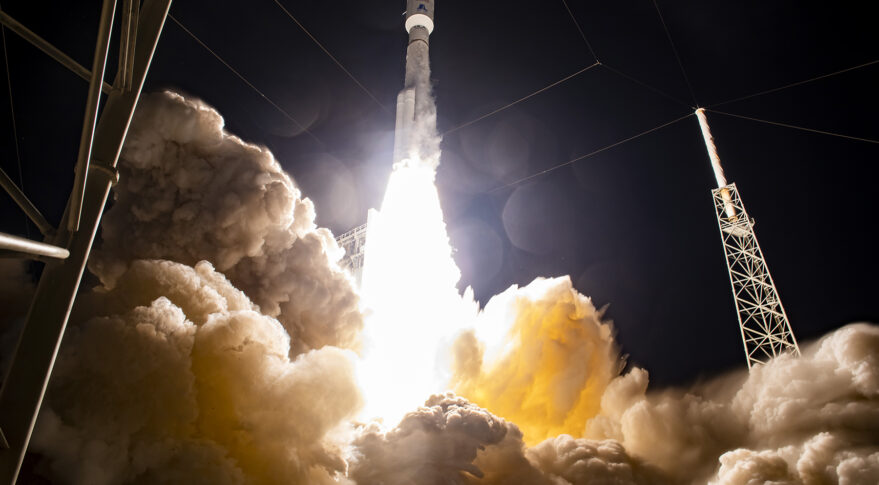 A United Launch Alliance Atlas 5 551 rocket launched the Space Test Program-3 (STP-3) mission for the U.S. Space Force Dec. 7, 2021, at 5:19 a.m. Eastern. Credit: ULA webcast
A United Launch Alliance Atlas 5 551 rocket launched the Space Test Program-3 (STP-3) mission for the U.S. Space Force Dec. 7, 2021, at 5:19 a.m. Eastern. Credit: ULA webcast(...) This was the 90th flight of the Atlas 5 and the rocket’s longest ever mission that required three upper stage RL10C-1 engine burns. ULA said the secondary payload was released seven hours and 10 minutes after liftoff, and the primary payload successfully separated eight hours and eight minutes after liftoff, at an orbit 22,300 miles above Earth. (...)
https://spacenews.com/ula-launches-stp-3-mission-with-national-security-and-nasa-payloads/https://www.ulalaunch.com/missions/archived-launched/atlas-v-stp-3https://www.nasaspaceflight.com/2021/12/ula-atlas-v-launch/STPSat 6
https://space.skyrocket.de/doc_sdat/stpsat-6.htmLDPE 1 (ROOSTER 1)
https://space.skyrocket.de/doc_sdat/ldpe-1.htmASCENT
https://space.skyrocket.de/doc_sdat/ascent.htm?
(up to 4 small satellites ?)